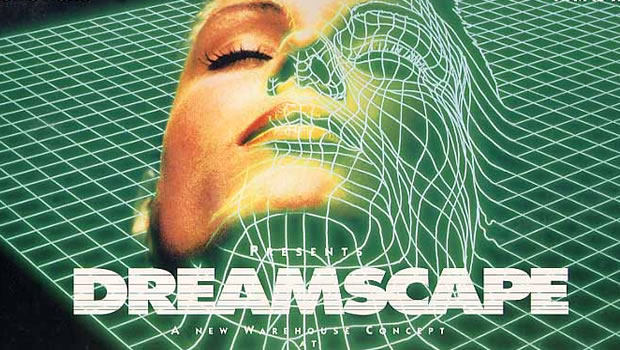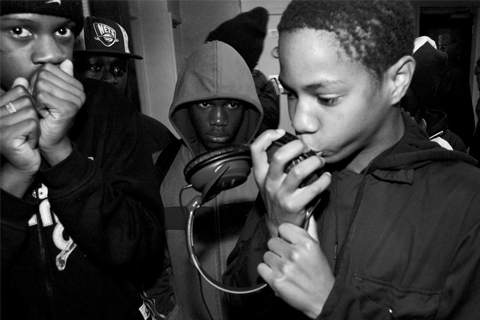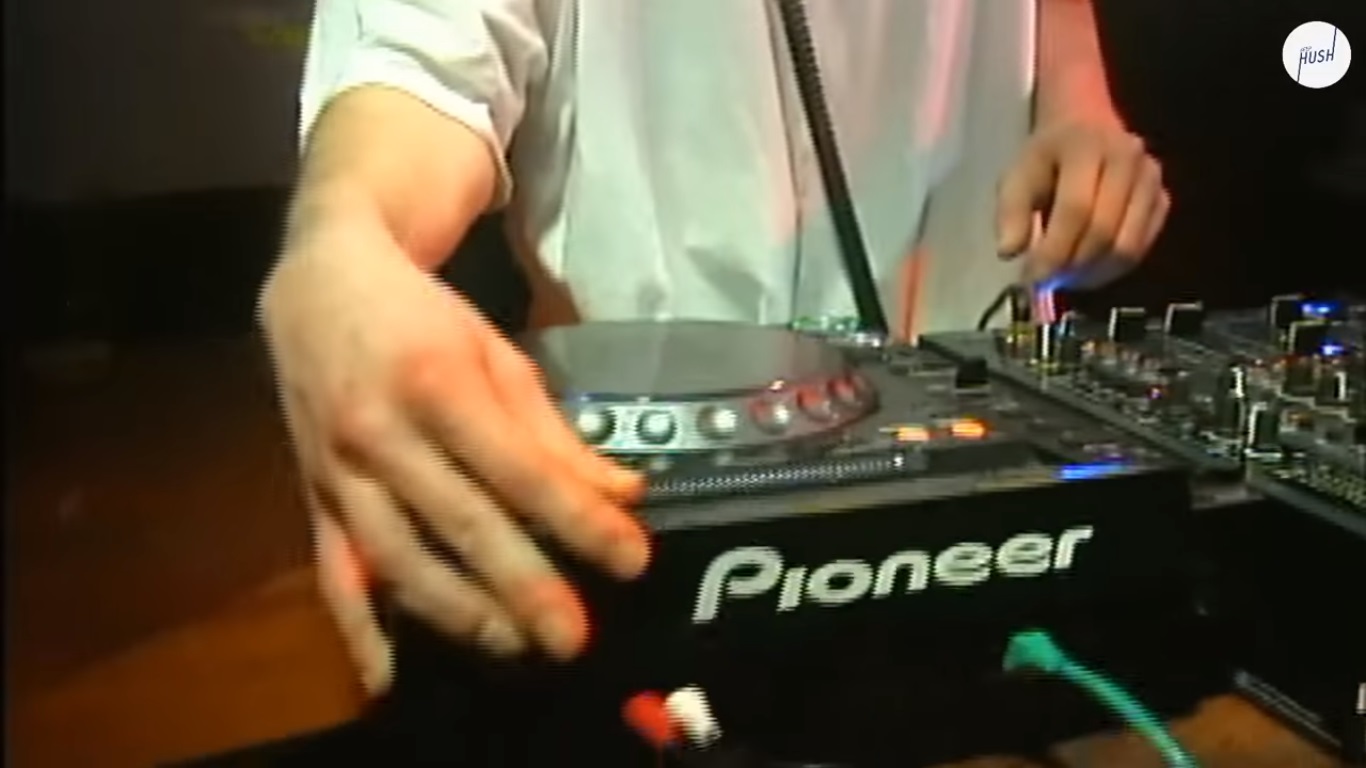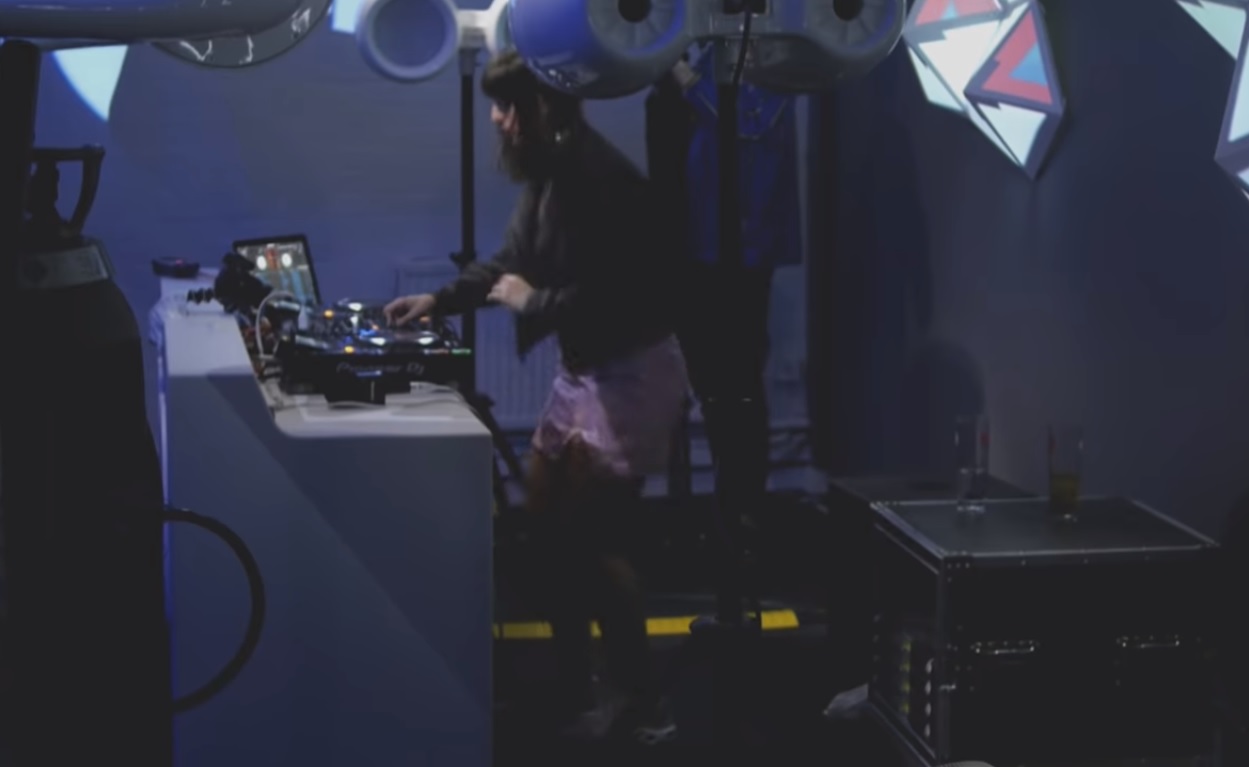
During the 90s, British music journalist Simon Reynolds chronicled his experience with UK Rave music, witnessing its genesis during the Second Summer of Love. From the squelching sounds of Acid House, to the hefty breaks of 'Ardcore Techno, to the kinetic amen manipulation of Jungle, and futuristic bass exploitation of Drum N Bass, he, as many others, witnessed at first-hand the rapid pace at which rave music evolved from '88 to '95 (that's four genres in seven years, think about it) - shaped in warehouse and open-field parties, infiltrating clubs and pirate radio, and taking over the UK's youth.
Borrowing elements of American music (House, Techno, Electro and Hip Hop), Jamaican music (Dub Reggae and Dancehall), and European music (New Beat), Hardcore, aka Breakbeat Techno and Breakbeat Hardcore, initiated a musical tradition recognized by some as the "Hardcore Sound". In his Red Bull Music Academy appearance, dubstep pioneer and Hyperdub label-head Kode9 describes it succinctly: "The hardcore sound came when electronic music clashed with Jamaican soundsystem culture in London".

Hardcore was the result of a youth thirsty for all kinds of new dance music (even "getting" Techno before most Americans did ). It was the end-result of a youth having been exposed to Jamaican music, as it was supposedly not unusual to hear the heavy rumble of the bass coming out the sound systems when strolling around certain areas of London.
Hardcore was not just the sound itself, it was also the presentation: The DJ (selector) and the MC (toaster), the bass bins, the pull-ups (rewinds), the DJs competing and scrambling for "dubplates" (the exclusives, the VIP versions, the unreleased tracks cut on 10" acetate records). Hardcore re-contextualized these Jamaican musical traditions in its new, twisted form of electronic dance music. It was normal to hear the MC, possibly of Caribbean origins, hyping up the crowd over the drum breaks, the subbass and the rave stabs. The British created their own brand of sound system culture.
Simon Reynolds observed that Jungle and Drum N Bass, both derivations of Hardcore, took over its mantle of hybridity and innovation, keeping some of its elements, adding new ones, but always staying in the UK soundsystem scene. Even though they were new genres, they were a continuation of the Hardcore sound. It defined underground club music and pirate radio in London and, as we now know, the sound lived on in the genres of the new millennium. As Londoners got a hold of Garage House from New York, they wasted no time in morphing it into their own style. The swiveling swing of the 2-Step variant of UK Garage was the perfect host for the syncopation and bouncing subbass introduced during the Jungle era: sample, sample, sample.
In the early 2000s, Jungle and Drum N Bass - once on the bleeding-edge of, not just club music, but music in general - had become extremely formulaic, even a little sanitized. But from the 2-Step Garage scene, in London, there emerged two new genres that continued the tradition of Hardcore: Grime and Dubstep.

In Grime, the MCing tradition of UK dance/rave/soundsystem music took center-stage, as MCs arrived from the Jungle and Drum N Bass scenes, in which their roles had once been to complement the DJ's selection. In Dubstep, a small group of producers and DJs - from London, Bristol and Manchester - came together to push the bass mutations even further into a weirder, fresher style. That deep, rumbling subbass that was part of the London soundscape became the focal point of the genre, taking influences from 2-step Garage, Broken Beat, Minimal Techno, Dancehall, Drum N Bass and Dub Reggae.
By the mid to late 2000s, Bassline and Funky House (aka UK Funky) also made a sizable impact, the former pushing the sound of Speed Garage into more aggressive territories; and Funky, becoming some sort of mutation between House and Grime, mashed together with Afro-Carribean and West African club music. (sample).
♪
But what now? Around 2010, as the more aggro side of Dubstep (pejoratively called "Brostep") started taking over the world, a new sound was emerging from the underground. Labels like Hessle Audio, 3024, Swamp81, Punch Drunk, NonPlus, etc, took cues from House, Techno and Electro, blending them with the dubwise approach of old-school Dubstep. 140 bpm went down to 132, and eventually in the 120-130 bpm territory. But this short movement didn't last long, or, better put, it never truly gave way to a solidified, cohesive movement. Some continued it. A lot ended up doing formulaic House and Techno. Some even went back to Drum n Bass, or Dubstep. And others seem to change style every couple of years, going to genreless beats to other, unclassifiable, genreless beats, sometimes delving into borderline pastiches of what is considered trendy, but never really trying to blend the many influences in a seamless way, as Hardcore had once done.

If there's one thing that has defined underground electronic music in the 2010s, it's the new fluidity that artists now have. Gone are the days of forced musical rigidity in the DJ's set. Of course, there are still purists, and they will always be there. But the internet has expanded people's tastes, making them more aware of the past and present, letting them get involved in local and global music. And the new DJing equipment has opened up new possibilities, enabling a new school of DJs to swiftly and seamlessly execute tempo and genre switches, going from rolling techno, to electronic reggaeton beats, to distorted gabber, for example.
And, as it is evident now, the toast MC's are almost gone, no longer an essential part of the music. When one does make an appearance, it's usually because it's a celebrated MC from the past. Also, I have to say that comments such as "fuck this mc prick" and "shut up you mug" found on Youtube and Soundcloud have possibly left their mark on the culture, or they could be hints of changed tastes.
Still, we linger on with "the roots", content with keeping the "original sounds" of Grime, Dubstep and Drum n Bass alive. Recently, lo-fi house and outsider house have attracted new fans into the world of underground club music. What characterizes this music is, in my opinion, a sort of fixation on the past, a sort of old-school deep house revival.

But what is the new Hardcore? Has the sound been reinterpreted into a new genre? Is it in the rolling, subbass-y beats of techno-meets-dubstep being pushed out by Kaizen, Livity Sound, Version, Timedance, etc? Is it in this deconstructed, post-club, industrial-meets-reggaeton-meets-traps-meets-baltimore-club that has risen in these last three or so years? Is it in the highly percussive, bassy works of labels like Nervous Horizon, Sans Absence? Or is it in all of these at once?
And to add to that, the "UK sound" isn't just the UK anymore, as artists from New York, Berlin, Los Angeles, Montreal, Amsterdam, Melbourne, etc, now make "UK bass" music.
I don't even know.
